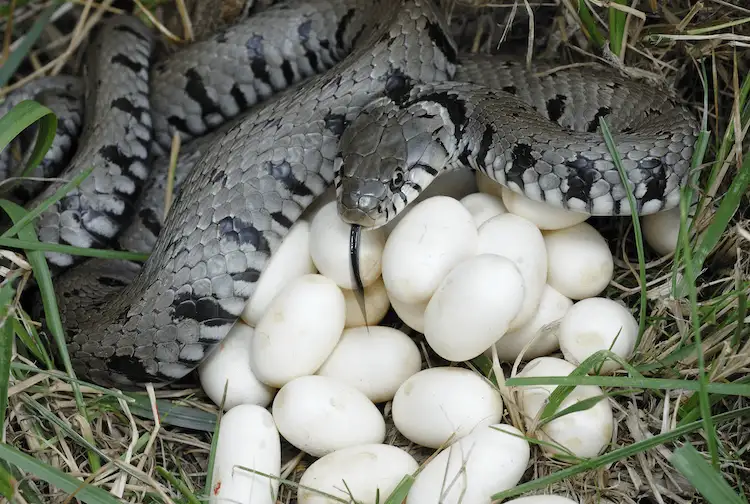When most people think of snakes, they imagine slithering reptiles hiding eggs in warm, secluded spots. But do all snakes lay eggs? Or are there exceptions in the serpent world? If you've ever asked this question, you're not alone. Let's explore this fascinating topic through the lens of zoology and biology, and break it down in a way that's easy to digest—no scales attached.

Here’s the short version:
Not all snakes lay eggs. While many snake species are oviparous (egg-laying), others give birth to live young. Yes, some snakes actually deliver baby snakes without laying a single egg. This surprising truth reveals just how diverse and adaptable snakes really are.
Snakes use three different reproductive strategies depending on their species and environment:
Definition: These snakes lay eggs, which develop and hatch outside the mother’s body.
How it works: After mating, females deposit eggs in hidden nests or burrows. The embryos develop within the eggs, relying on the yolk for nourishment.
Examples:
Corn snakes
King cobras
Pythons (e.g., Reticulated python)
Fun fact: Some species, like pythons, even coil around their eggs to protect and incubate them.
Definition: These snakes give birth to fully developed live young. There are no eggs involved.
How it works: Embryos develop inside the mother and receive nutrients via a placenta-like structure—just like mammals.
Examples:
Boa constrictors
Green anacondas
Some sea snakes
Viviparity is often found in snakes that live in cold or aquatic environments, where laying eggs might be less viable.
Definition: These snakes carry eggs inside their bodies, but the eggs hatch internally, and the mother gives birth to live babies.
How it works: The embryos develop inside eggs retained within the mother. Once ready, the young emerge from the mother alive.
Examples:
Garter snakes
Rattlesnakes
Water snakes
This strategy offers protection during development without the need for external nests.
The difference in reproductive style usually comes down to adaptation:
In warm, stable environments, laying eggs is energy-efficient and safe.
In cold or unstable habitats, retaining the young until birth improves survival rates.
Aquatic snakes often give live birth to prevent eggs from drowning or being damaged in water.
This evolutionary flexibility is a key reason why snakes are such a successful group of reptiles.
Myth: All reptiles lay eggs.
Truth: Not true—many reptiles, including some snakes and lizards, give birth to live young.
Myth: Snake eggs are hard like bird eggs.
Truth: Most snake eggs are soft, leathery, and flexible, not brittle.
Myth: You can tell the species just by looking at the egg.
Truth: It’s very difficult; eggs often look similar across species.
The idea that all snakes lay eggs is a myth—and one that nature joyfully defies. Whether they lay eggs or give birth to live young, snakes continue to amaze us with their biological diversity and survival strategies.
So next time someone asks, "Do all snakes lay eggs?", you can confidently answer, “Nope—and it’s a lot cooler than you think.”
animal tags:
We created this article in conjunction with AI technology, then made sure it was fact-checked and edited by a Animals Top editor.